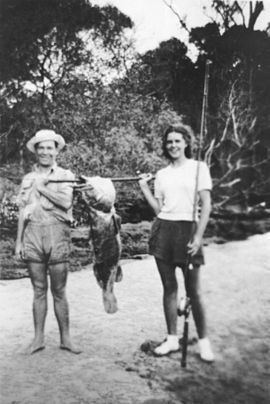Population 112 (2011 census) | Postcode(s) 4507 Postal code 4507 | |
 | ||
White Patch is a coastal locality of the Moreton Bay Region in Queensland, Australia.
Contents
Map of White Patch QLD 4507, Australia
Geography
White Patch is on the western side of Bribie Island, adjacent to the Pumicestone Passage which forms its western boundary. Wright Creek passes through the southern part of the locality into Pumicestone Passage. The western (coastal) side of the locality is residential. The eastern side (centre of Bribie Island) is undeveloped; some of it is part of the Bribie Island National Park.
History
Land sales at White Patch occurred as early as 1887.
In November 1948, fishermen at White Patch claimed to have seen a sea serpent. It was described as being brown or yellow "like a banana", 18 to 24 feet (5.5 to 7.3 m) long with large eyes and was accompanied by smaller serpents (possibly its young). It was said to hiss and squeak. In December 1948, Eric Decker, the Member of the Queensland Legislative Assembly for Sandgate, caught such a "serpent" while on holidays at Bribie Island. Mr Mack, curator at the Queensland Museum, said the description was consistent with a common sea snake in Moreton Bay.
Demographics
In the 2011 census, White Patch recorded a population of 112 people, 50% female and 50% male.
The median age of the White Patch population was 53 years, 16 years above the national median of 37.
68.4% of people living in White Patch were born in Australia. The other top responses for country of birth were England 14%, New Zealand 4.4%, Germany 3.5%, Netherlands 3.5%, Sweden 2.6%.
92.2% of people spoke only English at home; the next most common languages were 2.6% French, 2.6% Swedish.
Attractions
A talking monument tells the story of the landing of Matthew Flinders on Bribie Island in July 1799.
